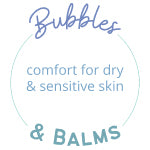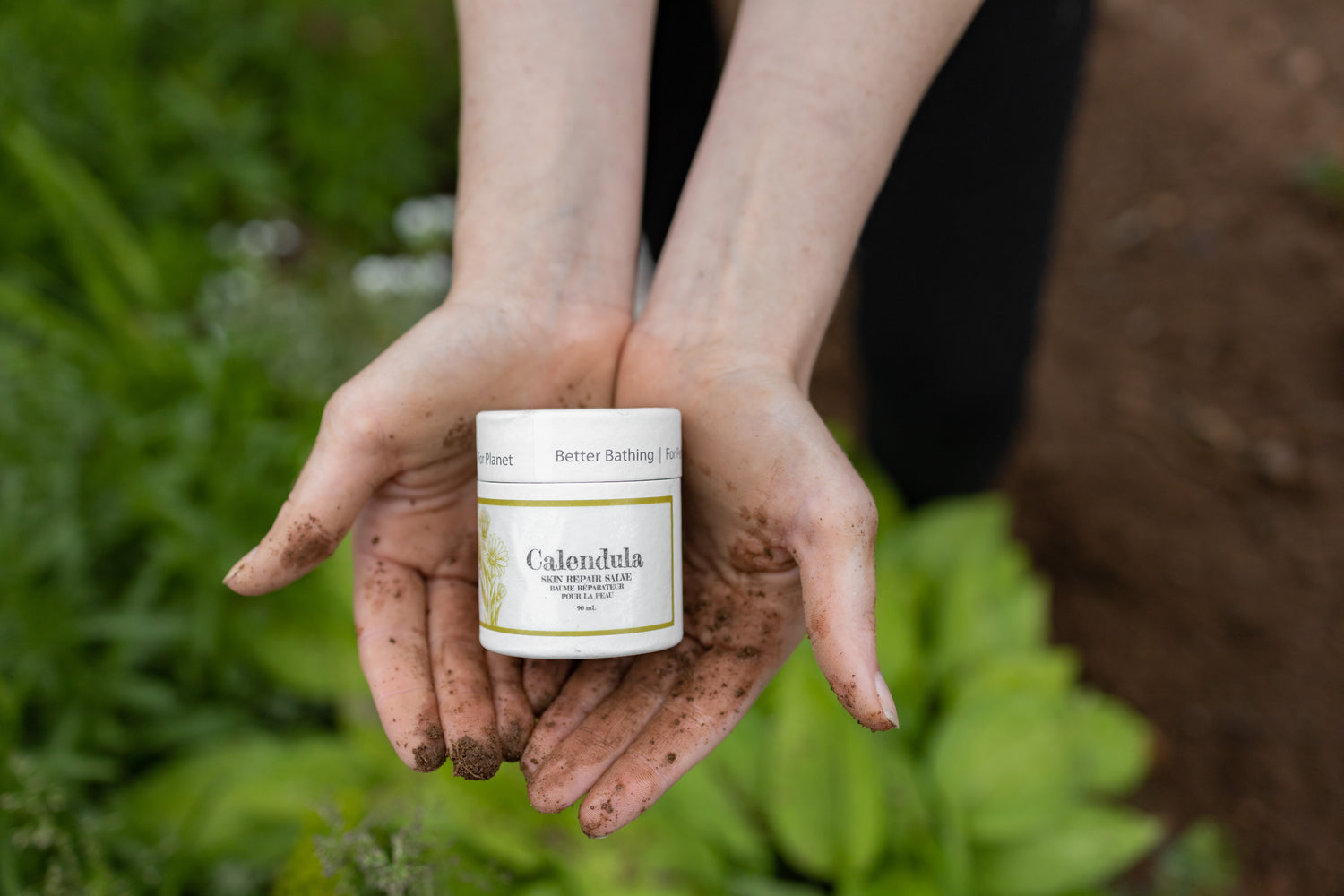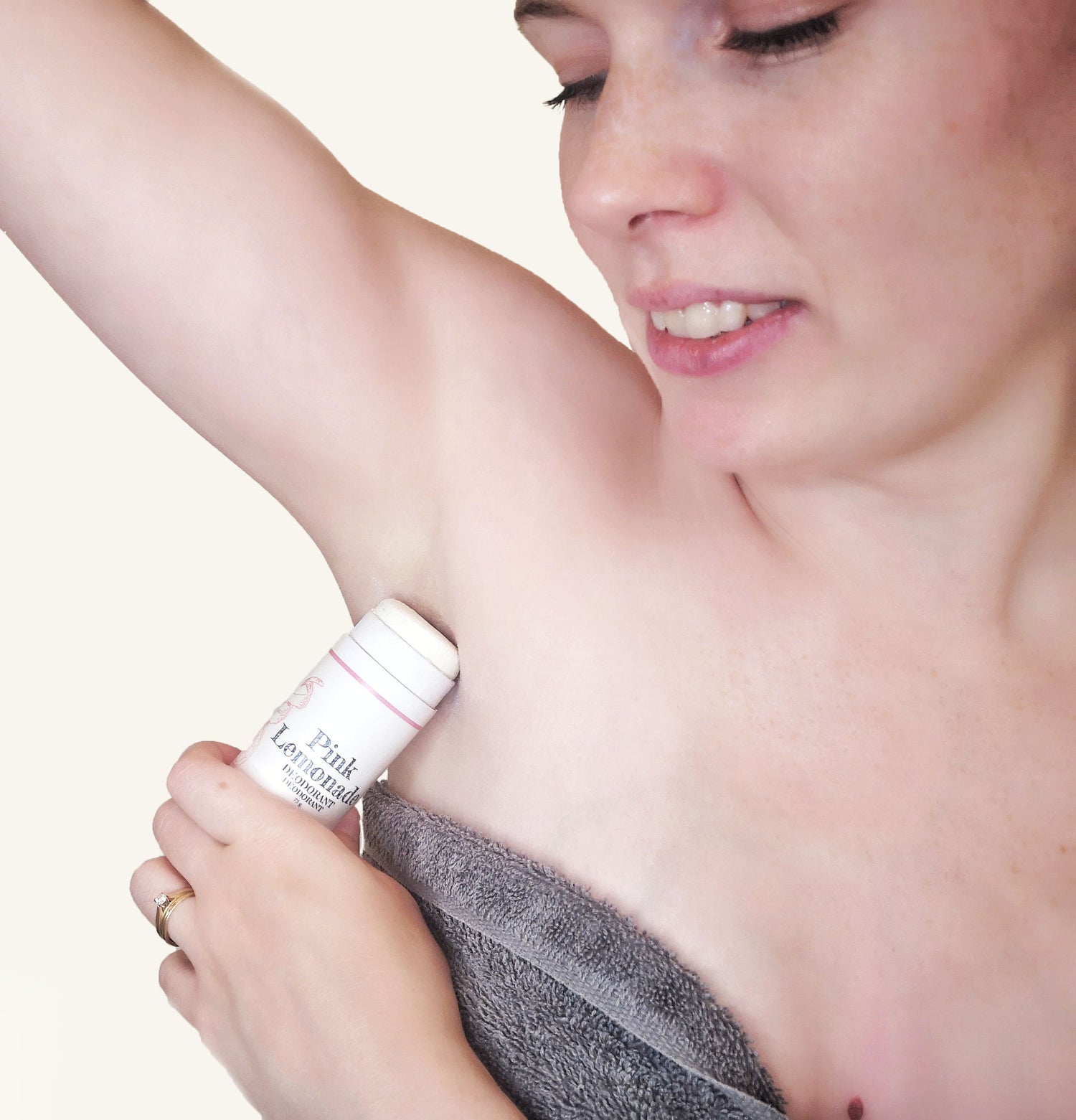Hey Guys! It’s Kate. Thank you so much for making this journey with me!
You are awesome for supporting the journey and sharing our passion for people and planet <3
I’ve picked out my compost! I am excited share the whole DIY build with you in the next episode. We are also going to use that episode to share the build of a tumbler style compost, and how to manage kitchen waste in an apartment setting. We want you to have options to find a fit for your wholesome lifestyle!
In this episode, we get schooled by a compost expert. Janine van Winssen leads Public Education at the Fundy Regional Service Commission (FRSC). She is a composting champion that helps the public and our youth do better in their waste management. She is based out of the Greater Saint John region of New Brunswick, so what we talk about really has that lens on it.
We met over zoom with Janine on October 23, 2020 and here is what we learned;
What does the FRSC do?
“All of the waste from our region arrives at our landfill facility. Our recycling and green bin systems are voluntary, which normally results in pretty clean recyclables and green waste. Recyclables and organic waste both need to be clean. If the recyclables come in dripping wet with food, or if the compost has a lot of metal or plastic, it will end up in the landfill.”
What about our packaging, will it make it through the sorting process and into the mix?
“It’s important to remember that it’s not just if it IS compostable, but it also matters what it looks like. Our compost is manually picked before being added to the pile. Say you have a stack of coffee cups. They could be the compostable kind, but they don’t look different than the non-compostable kind. Chances are, one of our crew may pull it from the mix. It is better if it is soiled and clearly a compostable material.
It's good to note that most fast food packaging is compostable. Paper plates, paper napkins, cardboard hamburger and french fry containers, paper sandwich wrappers are all ‘soiled paper’ and can be composted.”
Is there an incentive to participate in sorting out organics?
“Absolutely! Food waste is wet and heavy. It adds a lot of weight to your waste. I can only speak for our facility, but we charge $108 per ton for waste going to the landfill. We only charge $40 per ton to dispose of compostable waste. This gives a monetary incentive for the municipalities, commercial real estate owners and large businesses to collect organic waste separately.”

So what happens to unsorted or ‘landfill’ waste?
“Anything that isn’t recycled and doesn’t go into the compost goes into a landfill cell. These cells have a clay and plastic liner so that the waste doesn’t seep into the earth. Once it is full it is capped with clay. We then drill into the mixture to collect methane gas from the organic waste breaking down anaerobically in the landfill. We use the gas to generate electricity and sell the surplus into the grid. Homes in our area are powered with it.”
That’s awesome! Do you capture all of the methane?
”No, and that is the concern. You can never capture it all and it is a greenhouse gas that is 21 times more potent as a GhG than Carbon.”
Is Methane produced from composting?
“No! That’s the great part of composting. Methane is only produced by organics breaking down anaerobically (without oxygen). When organics are broken down with oxygen, sun, and water, no methane is released.”
Wow. That is a pretty good reduction! So, how do you guys compost?
“We have a classroom on site, so I have different systems setup for the youth. I do vermiculture as well. But municipally, we operate a heap. We actually have a photo tour online. The heap generates so much heat, we can compost things that you can’t in a backyard compost. Like bones, meat and dairy. The heat in a municipal compost kills the pathogens (think E. coli) that a backyard compost may not get hot enough to kill. You don't want these materials in your backyard compost.”
What does FRSC do with the compost generated?
“We sell our compost for $20 a yard. This gentleman is picking up compost. He is using the large ice cream containers from an ice cream shop. 14 of them are about half a yard.”

Annnndd what would we want to use compost for?
“It has a lot of benefits for your lawn and gardens. It helps to retain moisture, suppress weeds, provide nutrients like nitrogen, promote microbial activity that is beneficial for root growth and it has a chunky, fibrous texture that improves the structure of the soil”
What goes into a backyard compost?
“Any quality organic matter. Avoid meat, bones, dairy, and noxious weeds (don’t want to spread seeds around). You will mix browns to greens at about a 2:1 ratio. Browns consist of dry organic matter like leaves and hay. Greens are your wet organic matter or scraps coming out of the home.”
Why is that 2:1 ratio important?
“Dry browns bring carbon and absorb a lot of the moisture of the greens. This will keep your compost from getting too soupy which can cause odour. It is the right proportion, or recipe to make compost break down quickly.”
What other common challenges do people have when getting started with composting?
“The most common challenges are the compost being too wet, too smelly, or it attracts rodents or bugs. Be sure to keep animal products like bones and meat out. These could introduce pathogens and will attract rodents. You can also line the underside of your compost with a mesh, place a cover over the op (like a tarp) and build the compost away from the home or any other occupied buildings. Issues with odour and wetness are signs that the mix is out of balance, so introduce more carbon (browns).”

How do we keep our compost going in winter?
“Right now is actually one of the best times to get started with composting. There are so many browns to collect and store for winter. These could be bags of leaves that you rake and bring into the garage to use over winter. Throughout the winter, put your greens in the centre of a bed of browns and surround and cover them. This is also good practice for rodents.”
And, can you tell us about vermiculture?
“Sure. I also use vermiculture which is using worms to compost. You have to use specific worms, such as red wigglers. A worm bin can be kept indoor and is very clean. Once you select a worm bin, you start with shredded newspaper or coconut husk and spritz with water and add a little waste. I would typically add more kitchen waste each week, but only if the last batch is gone. They are a little more picky, so I avoid citruses, cut up the peelings, and stay away from meat and dairy again.”
THANK YOU Janine van Wissen for spending this time with us and sharing your wisdom. Can’t wait to put it to use in the next and final blog of this series when I build my compost!
All Photos submitted by Fundy Regional Service Commission



